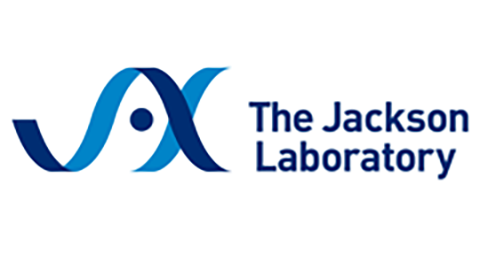Document Type
Article
Publication Date
10-2-2020
Keywords
JMG
JAX Source
Elife 2020 Oct 2; 9:e56450
Volume
9
ISSN
2050-084X
PMID
33006313
DOI
https://doi.org/10.7554/elife.56450
Abstract
Despite a common understanding that Gli TFs are utilized to convey a Hh morphogen gradient, genetic analyses suggest craniofacial development does not completely fit this paradigm. Using the mouse model (Mus musculus), we demonstrated that rather than being driven by a Hh threshold, robust Gli3 transcriptional activity during skeletal and glossal development required interaction with the basic helix-loop-helix TF Hand2. Not only did genetic and expression data support a co-factorial relationship, but genomic analysis revealed that Gli3 and Hand2 were enriched at regulatory elements for genes essential for mandibular patterning and development. Interestingly, motif analysis at sites co-occupied by Gli3 and Hand2 uncovered mandibular-specific, low-affinity, 'divergent' Gli-binding motifs (dGBMs). Functional validation revealed these dGBMs conveyed synergistic activation of Gli targets essential for mandibular patterning and development. In summary, this work elucidates a novel, sequence-dependent mechanism for Gli transcriptional activity within the craniofacial complex that is independent of a graded Hh signal.
Recommended Citation
Elliott K,
Chen X,
Salomone J,
Chaturvedi P,
Schultz P,
Balchand S,
Servetas J,
Zuniga A,
Zeller R,
Gebelein B,
Weirauch M,
Peterson K,
Brugmann S.
Gli3 utilizes Hand2 to synergistically regulate tissue-specific transcriptional networks. Elife 2020 Oct 2; 9:e56450


Comments
This article is distributed under the terms of the Creative Commons Attribution License.